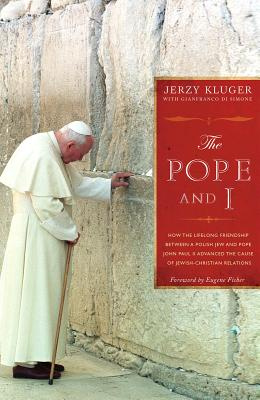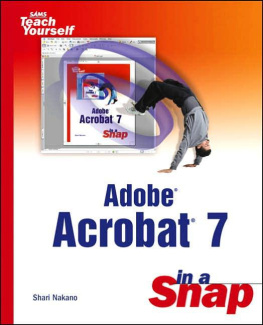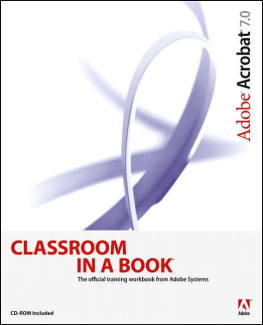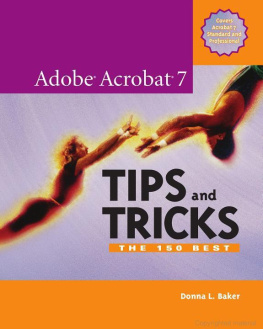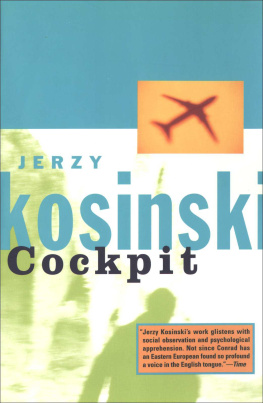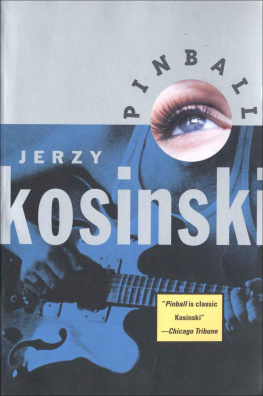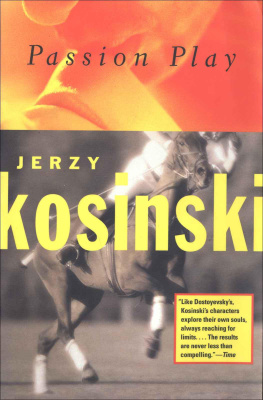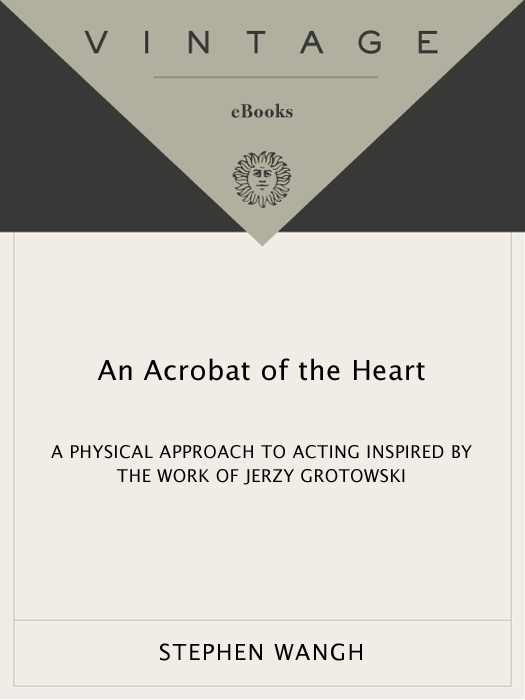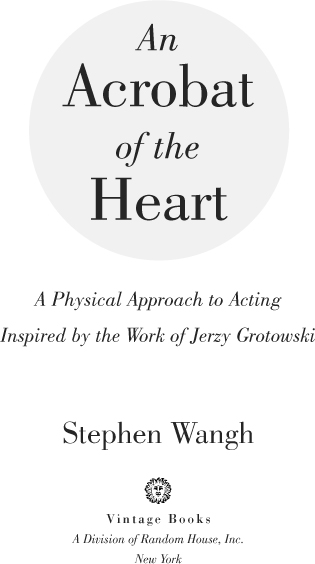Stephen Wangh
An Acrobat of the Heart
Stephen Wangh studied with Jerzy Grotowski in 1967. Since 1973 he has taught acting in Europe, Boston, and New York, where he is currently Master Teacher at the Experimental Theatre Wing at New York University. He is a playwright, lyricist, and director, and has been Artistic Director of The New York Free Theater, Reality Theater, and Present Stage. He was dramaturg for Moiss Kaufmans Gross Indecency: The Three Trials of Oscar Wilde, and was Associate Writer of the Tectonic Theater Companys The Laramie Project. His own plays include Class, Calamity! and Goin Downtown, as well as numerous collaborative theater pieces.
For Suzanne
It would be disastrous for an acrobat to go off wool gathering just before he performs a salto mortale or other neck-risking stunt!He must jump, come what may. This is exactly what an actor must do when he comes to the culminating point of his part.
CONSTANTIN STANISLAVSKI
When you perform a somersault in space which you are usually not able to do because it seems impossible, you regain some trust in yourself. It is not knowing how to do things that is necessary, but not hesitating when faced with a challenge.
JERZY GROTOWSKI
The actor is an athlete of the heart.
ANTONIN ARTAUD
Acknowledgments
This book owes the greatest debt to Jerzy Grotowski, whose teaching inspired so much of my work. But it also owes much to many other teachersincluding Helen Houston, Martha Stodt, Alan Levitan, Omar Shapli, Kristin Linklater, Alan Miller, and Linda Putnamwho taught me what a bountiful act teaching can be. And it owes special thanks to Tom Crawley, whose journal, The Stone in the Soup, provides a unique record of Grotowskis teaching work.
The writing was made possible by Una Chaudhuri, Chair of the Undergraduate Department of Drama at the Tisch School of the Arts at N.Y.U., and Kevin Kuhlke, Head of the Experimental Theatre Wing. Their encouragement and support provided the time and supplied me with the fortitude to finish this work. Thanks are also due to New York University and the Tisch School of the Arts, whose Research Challenge Fund and Senior Faculty Grants provided financial support.
For assistance with the research, I am indebted to Rana Fernandez von Waldenburg, who provided the main logistical, editorial, and moral support for this project. Thanks also to those who read the manuscript and whose insightful suggestions clarified the writing: Chris Rohmann, Pamela Ricard, Jan Cohen-Cruz, Walton Wilson, Kristin Dombek, Amanda Gronich, Beth Turner, and Daniel Banks. To Nanc Allen for her administrative assistance, and to the students of the Experimental Theatre Wing for their courage and dedication. To Moiss Kaufman for his encouragement, and to Michael Earley of Methuen for his editorial suggestions. Before and after all, I am grateful to my first reader and loving accomplice, Suzanne Baxtresser, and to Noah Nuriel Alim Baxtresser Wangh.
Contents
Preface
FOUR WEEKS WITH JERZY GROTOWSKI
One afternoon in October 1967, Ted Hoffman, chairman of the Theatre Program at the New York University School of the Arts, called together twenty acting and directing students. He told us that he had invited a young Polish theater director named Jerzy Grotowski to lead a four-week workshop at N.Y.U., and that we were to be his first American students. None of us had ever heard of Grotowski, and Hoffman didnt give us much to go on. He simply told us to show up on the first Monday in Novemberthe men in shorts, the women wearing leotardsprepared to work hard.
In 1967 it was just three years since Grotowski had moved his Polish Laboratory Theatre from the small town of Opole to the city of Wrocaw in southern Poland. Grotowski had given a few workshops in Europe, and in 1966 the company had made its first international tour. But to the theatergoing public in the United Statesand to most of ushe was utterly unknown.
Some of us quickly read the two short articles on the Polish Laboratory Theater that had recently been published in TDR, but our main source of information was a rumor. The rumor had it that when Grotowski had conducted a workshop at the Royal Shakespeare Company in 1965, several of Peter Brooks actors had dropped out because the work was too strenuous.

Room 2H was the largest studio in the 40 East Seventh Street building, a long, blue-carpeted room with two small windows at the far end. During our year at N.Y.U., most of us had attended voice or acting classes there. But when the studio door was opened on that Monday, the space looked unfamiliar. Folding chairs had been arranged in three rows in front of the windows, and to the side of the chairs, along the left wall, stood a long table with three more chairs behind it. The center of the studio was completely empty. It was, we were told, a sacrosanct space where we should trespass only in order to work.
We entered silently, walking carefully along the perimeter of the room, and sat down on the cold metal chairs in our shorts and leotards, feeling naked and apprehensive. When we were all seated, Ted Hoffman, Richard Schechner, editor of TDR, and several other N.Y.U. dignitaries ushered in two men who sat down behind the table along the wall to our right. One of the two was pale and rotund. He wore a blue suit and dark glasses; his face was expressionless, but there was something imposing and enigmatic about his presence. The second man looked younger, more physical, his eyes were alert and intense.
The dignitaries made introductory speeches. The enigmatic man in the blue suit, they said, was Jerzy Grotowski, the famous Polish director. The younger man was Ryszard Cieslak, the leading actor of Grotowskis Polish Laboratory Theatre. And we students should feel honored that we were to be in Grotowskis first American workshop.
After the introductions, the dignitaries left (though Schechner remained to observe the workshop), and Grotowski began to speak to us. He spoke in French with quiet intensity, his words translated by a woman who sat by his side. I can give you no positive techniques, he said, no tricks or systems to use, only a negative training to remove personal blocks you might have in expressing creative acts [Crawley, I, 3].used as we were to teachers who offered methods and techniques, this seemed an ominous beginning. Grotowski then described three principles of his work: The first was that the actor must use himselfhis own feelings, thoughts, and opinionsin the work. The second was that all acting was to be thought of as a series of units of exchange, moments of listening and reaction that could be scored as one might score music. The third principle was that the actor, if he is to reveal something significant, personal and profound must reach into the depths of himself, through whatever psychic or physical blocks might impede such expression. He concluded by declaring, The actor will do, in public, what is considered impossible [Crawley, I, 6, 7].
While we sat bewildered by this astonishing speech, Cielak silently stripped to his shorts, went out to the middle of the empty studio and proceeded to demonstrate the impossible for us. With incredible ease and precise physical control, he performed a series of headstands, rolls, and backbends, each flowing into the next, each completely centered and yet somehow off-balance and dynamic. His body seemed to be made of liquid muscle, enormously powerful, yet utterly soft and supple. He moved with the strength and precision of an accomplished gymnast, yet there was something in his face, in his searching eyes, that removed his work entirely from the world of gymnastics. It was as if the enormous muscular energy we witnessed was merely the exterior emanation of an even more intense inner life.


